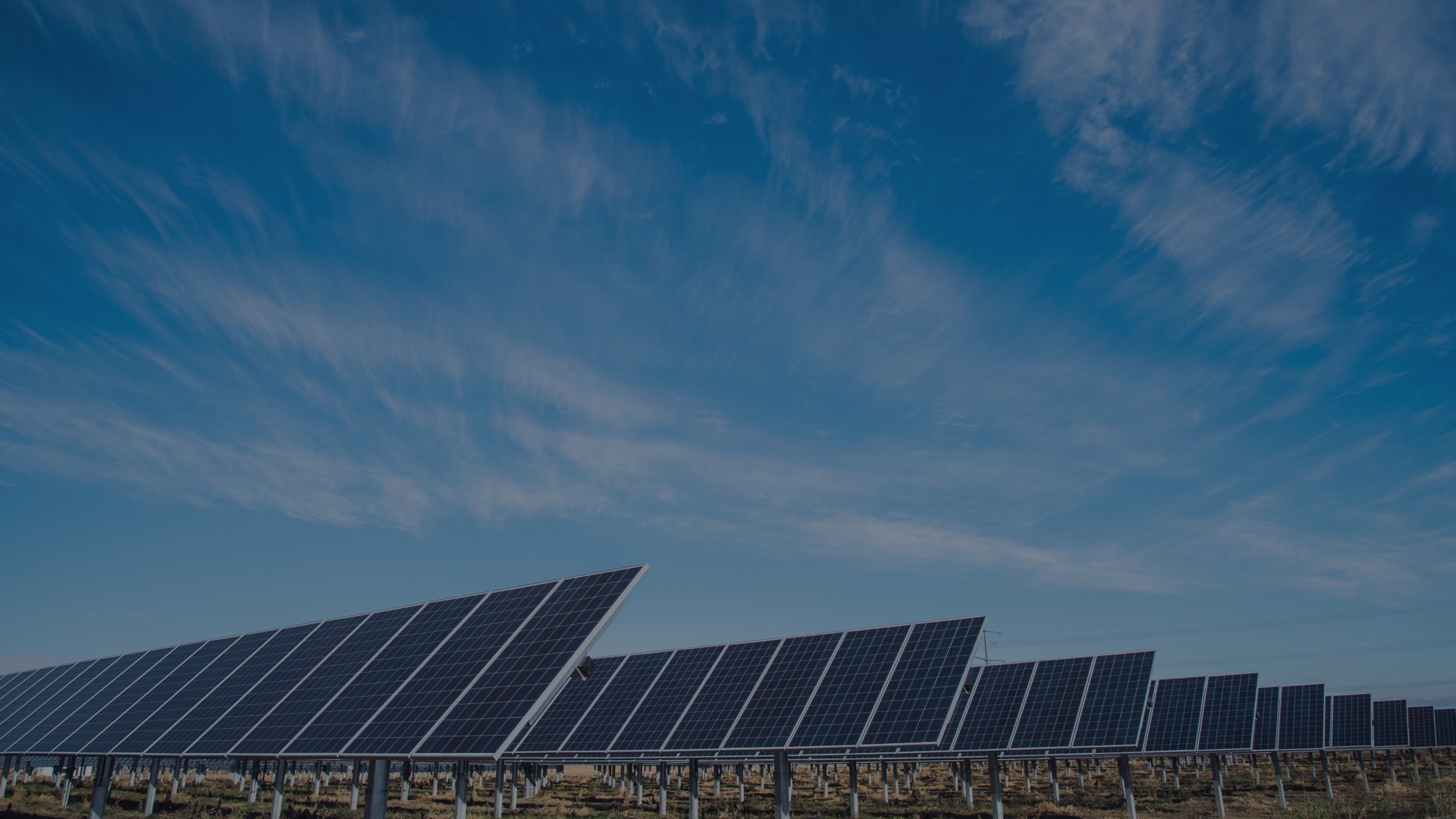The solar roof systems are complete, standard systems where the size of the solar array (set of modules), the mounting method, the electrical connections, the inverter type, etc are pre-designed. They are fast and easy-to-install for most types of house roof and installation time is less than one day. Installing does not require drilling through roof tiles. These systems are designed for retrofit to an existing roof.
However, please note that although these packages are as standardised as possible, the roof type has to be known in order to specify the roof attachments correctly, and there are some minor variations in the electrical equipment needed to conform to the regulations in different countries. Also, the installation has to be carried out by a competent and approved installer.
KWp | Inverter W rating | Mod. high | Mod. wide | Height | Width | Sq m | |
1,3 | 1100 | 5 | 2 | 3300 | 2906 | 9,590 | |
1,56 | 1700 | 4 | 3 | 2650 | 4339 | 11,498 | |
1,95 | 1700 | 5 | 3 | 3300 | 4339 | 14,319 | |
2,6 | 2500 | 5 | 4 | 3300 | 5772 | 19,048 | |
3,12 | 3000 | 4 | 6 | 2650 | 8638 | 22,891 | |
3,9 | 3800 | 5 | 6 | 3300 | 8638 | 28,505 | |
5,2 | 5000 | 5 | 8 | 3300 | 11504 | 37,963 | |
6,5 | 6000 | 5 | 10 | 3300 | 14370 | 47,421 |
The Solar Roof System package will normally include (everything is supplied in one package):
- Modules
- Roof mounting system complete (including nuts and bolts)
- String cables (short cables with MC connectors plus roll of 2.5 sq mm outdoor cable)
- DC array box
- Inverter
- If specified for some countries like UK: DC isolator switch, AC locking isolator
Not normally included in the package, but supplied if required and specified for local supply:
- Main dc cables from dc box to inverter
- Earthing cable
- Installation accessories (weatherproof joints, clips, cable ties, etc)
- AC connection hardware (normally supplied by the installer)
- kWh meter (for some countries)
Solar Roof System Mounting Details
In the Slide In mounting system used in the roof kits, the modules are held in a special profile (FF profile) that allows modules to be mounted on both sides of it.
The profiles are supported by horizontal tubes (D-tubes), which are fixed to the roof using fully-adjustable mountings to compensate for non-flat roofs.
After this frame is assembled, the modules are easily slid into the profiles, making the electrical connections at the same time.
Roof fixings
The attachment of the system to the roof is done using special fixings from Naps that are simply fixed without the need to drill through tiles. The choice of roof fixing depends on the exact type of roofing material, and has to be determined by the installer.
KWp/module/inverter | Weight on roof kg | Of which modules | Average kg/hook | |
1,3 / KC130 / SB-1100 | 152 | 80 % | 10,8 | |
1,56 / KC130/ SB-1700 | 183 | 80 % | 9,6 | |
1,95 / KC130/ SB-1700 | 223 | 82 % | 11,8 | |
2,6 / KC130/ SB-2500 | 299 | 82 % | 10,7 | |
3,12 / KC130/ SB-3000 | 363 | 81 % | 9,5 | |
3,9 / KC130/ SB-3800 | 442 | 83 % | 11,6 | |
5,2 / KC130/ SB-5000TL HC | 593 | 82 % | 10,6 | |
6,5 / KC130/ SMC 6000TL | 740 | 82 % | 10,6 |
Weights on roof
Owing to the large number of roof fixing points used for a tile roof, the weight of the Solar Roof system’s solar array is distributed amongst several roof battens, and the additional weight supported by each is quite small compared to the weight of the existing roof tiles and especially the wind and possible snow loads.
Includes: modules, QC cables, DC cable, complete mounting system
